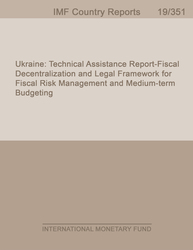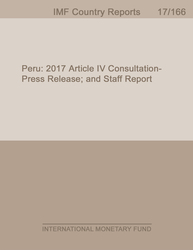
Ukraine
Technical Assistance Report-Fiscal Decentralization and Legal Framework for Fiscal Risk Management and Medium-term Budgeting
In the aftermath of Euromaidan revolution early 2014, the public demand for local selfgovernment and devolution of power, brought fiscal decentralization to the top of the reform agenda. As a result, a decentralization reform was introduced in late 2014, which helped to improve subnational government’s financial capacity, self-sufficiency, and flexibility. The reform resulted in an overall improvement of subnational government finances. Compared with 2014, own revenues of subnational governments increased, while current expenditure declined. This created additional space for capital expenditure, which almost doubled as a percent of GDP, from 2014 to 2016. Overall subnational governments recorded a combined surplus of 1.0 and 0.7 percent of GDP in 2015 and 2016, respectively. Despite these significant reforms and positive fiscal outcomes, Ukraine’s subnational finance system is still facing important challenges, which are described below, together with proposed measures to address them.
Publication date: November 2019
ISBN: 9781513521015
$18.00
Add to Cart by clicking price of the language and format you'd like to purchase
Available Languages and Formats
| English |
Prices in red indicate formats that are not yet available but are forthcoming.
Topics covered in this book
This title contains information about the following subjects.
Click on a subject if you would like to see other titles with the same subjects.
ISCR , CR , subnational , SNG , local budget , MTBF , expenditure responsibility
Also of interest
Summary
Copyright © 2010 - 2024
Powered by:
AIDC



